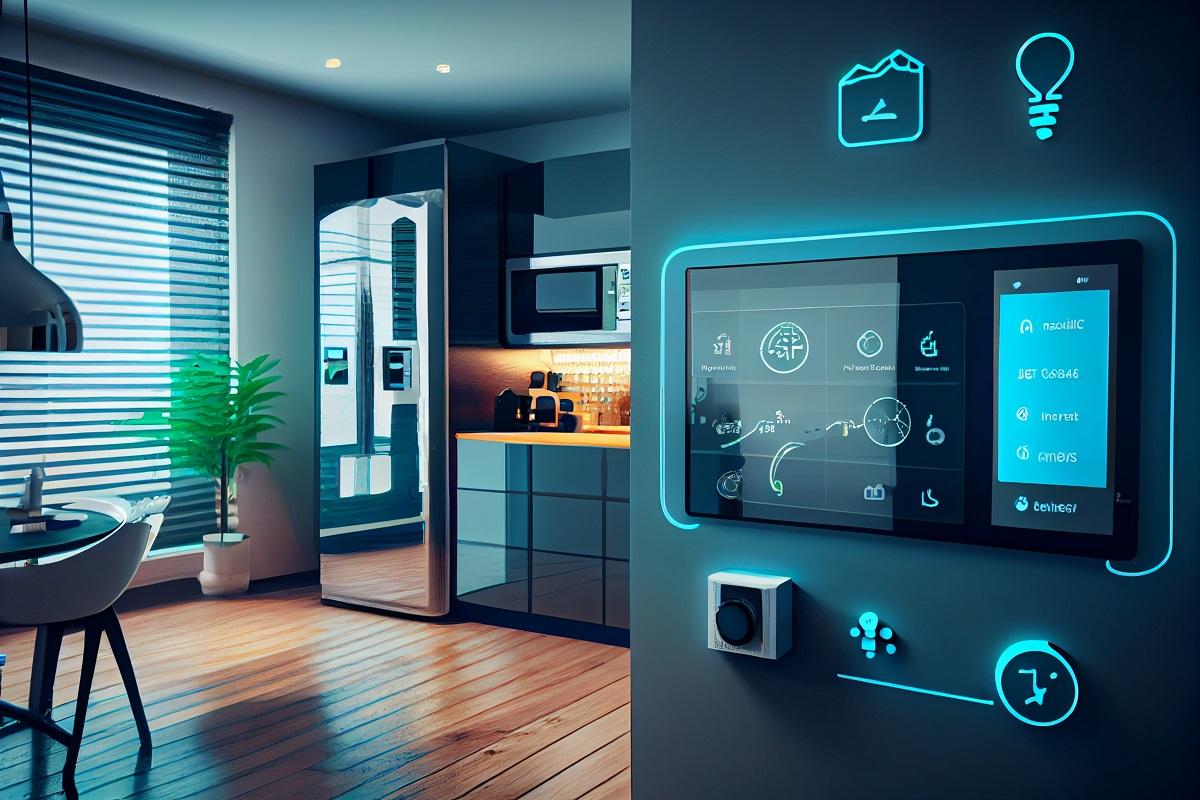The smart home market is undergoing a transformative phase, driven by rapid technological advancements and changing consumer preferences. As the boundaries of connectivity blur, the way we interact with our living spaces is evolving. Smart home solutions are becoming more integrated, intuitive, and accessible, heralding a new era in home automation.
The Rise of Interoperability
A significant trend reshaping the smart home landscape is the push for interoperability among devices. Consumers increasingly demand systems that work seamlessly together, transcending brand boundaries. This shift towards a unified smart home ecosystem allows users to control various devices—lighting, security, heating, and appliances—from a single interface, enhancing the overall user experience.
Manufacturers are responding to this demand by developing products that adhere to universal standards, such as Matter, a connectivity protocol designed to ensure that devices from different manufacturers can communicate effectively. As interoperability becomes a standard expectation, the smart home market is set to attract a broader audience, from tech enthusiasts to everyday consumers looking for convenience.
Sustainability and Energy Efficiency
Sustainability is becoming a cornerstone of the smart home market. As awareness of climate change grows, consumers are seeking ways to reduce their carbon footprint. Smart home technology is responding by providing solutions that promote energy efficiency. Devices such as smart thermostats, energy monitoring systems, and intelligent lighting not only enhance comfort but also help users manage their energy consumption effectively.
Smart appliances are also evolving, with features that optimize energy use based on real-time data. For instance, refrigerators can suggest recipes based on available ingredients, while washing machines can schedule cycles during off-peak hours to conserve energy. This emphasis on sustainability not only meets consumer demands but also aligns with broader environmental goals, creating a compelling narrative for brands in the smart home sector.
Enhanced Security Features
As concerns about home security continue to rise, the smart home market is witnessing a surge in advanced security solutions. Consumers are increasingly prioritizing safety, prompting manufacturers to innovate in this domain. Smart locks, doorbell cameras, and comprehensive home surveillance systems are becoming staples in modern homes.
Recent developments in artificial intelligence (AI) are enhancing the capabilities of smart security devices. AI-powered systems can learn user behaviors, detect unusual activities, and provide real-time alerts to homeowners. Furthermore, the integration of biometric technologies, such as facial recognition and fingerprint scanning, is elevating security measures to new heights. This focus on enhanced security not only addresses consumer concerns but also builds trust in smart home technologies.
Voice Control and AI Integration
Voice control technology is becoming a fundamental feature in the smart home market. Virtual assistants, such as Amazon Alexa, Google Assistant, and Apple Siri, are being integrated into a myriad of devices, allowing users to control their homes through simple voice commands. This hands-free operation enhances convenience and accessibility, particularly for individuals with mobility challenges.
The integration of AI is enabling more personalized experiences. Smart home systems can learn individual preferences and routines, adjusting settings accordingly. For example, smart lighting can automatically dim based on the time of day, creating a tailored ambiance. As AI continues to evolve, its impact on user interaction within the smart home environment will only deepen, paving the way for increasingly sophisticated solutions.
Remote Monitoring and Control
The rise of remote monitoring capabilities is another significant trend shaping the smart home market. Homeowners now have the ability to manage their properties from anywhere in the world, thanks to advancements in mobile technology and cloud computing. This capability enhances peace of mind, as users can monitor security cameras, control thermostats, and manage appliances while away from home.
This trend is particularly appealing to a growing demographic of remote workers and frequent travelers. The convenience of remote access empowers users to maintain control over their home environment, even when they are not physically present. As mobile applications continue to improve, the ability to manage and automate home functions remotely will become increasingly integral to the smart home experience.



